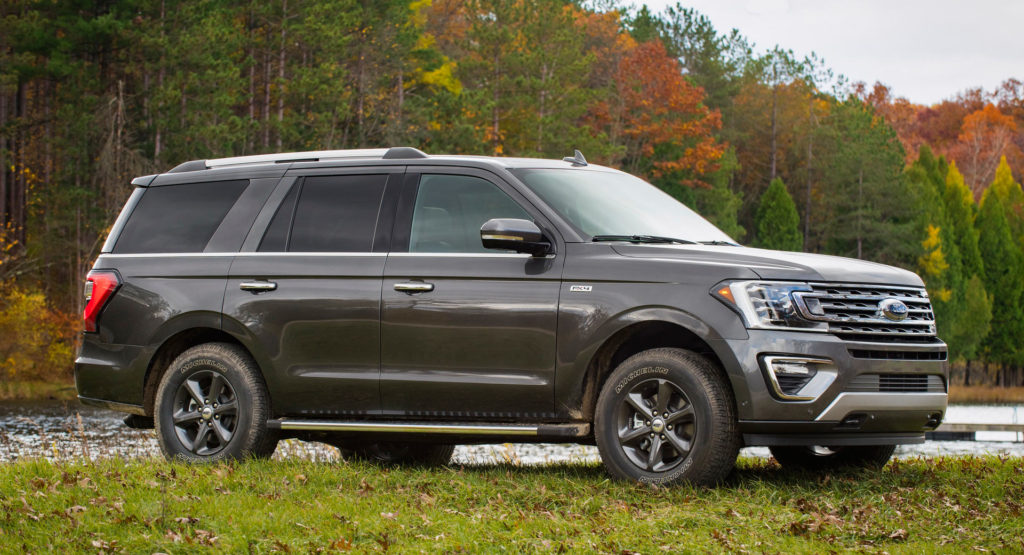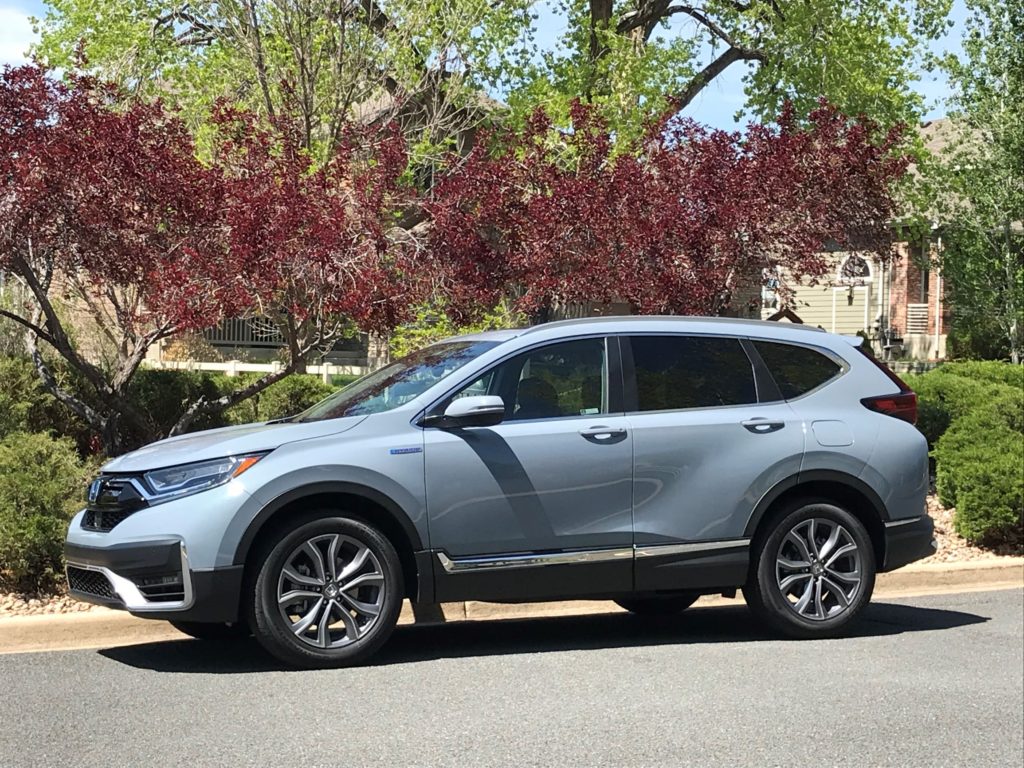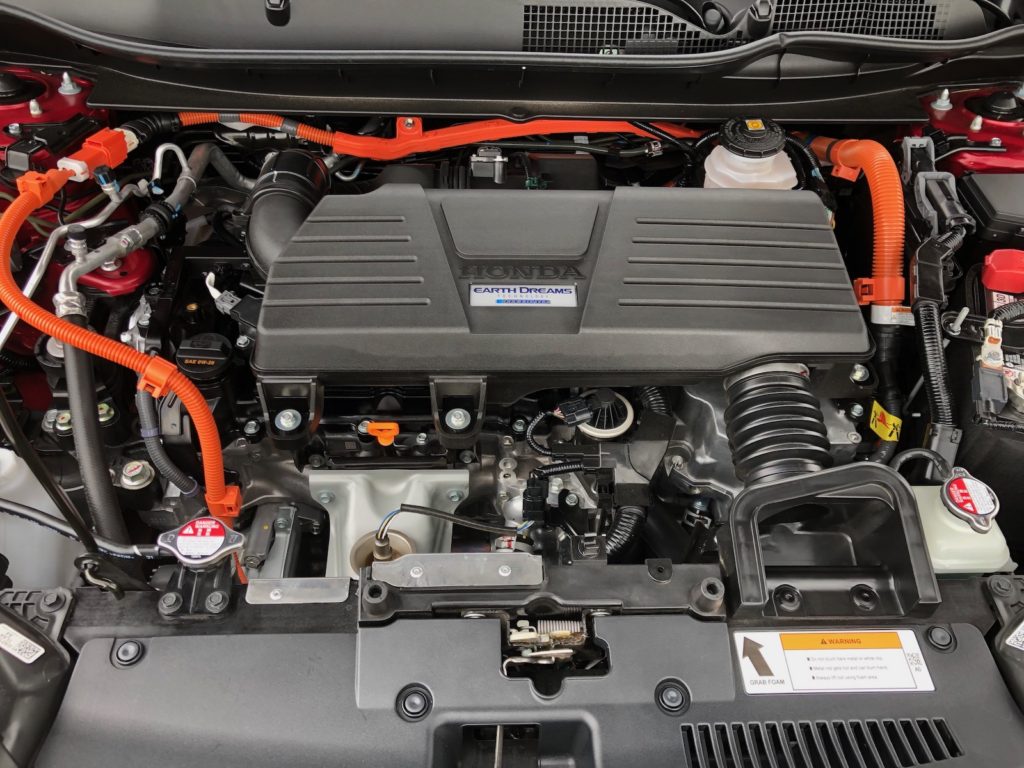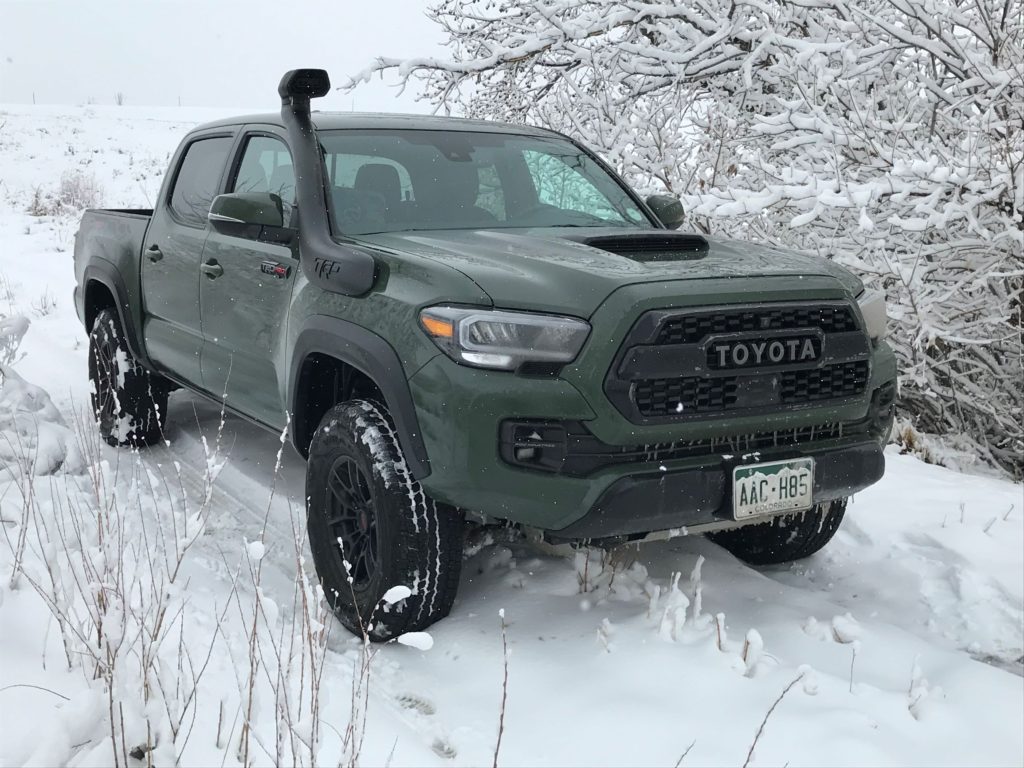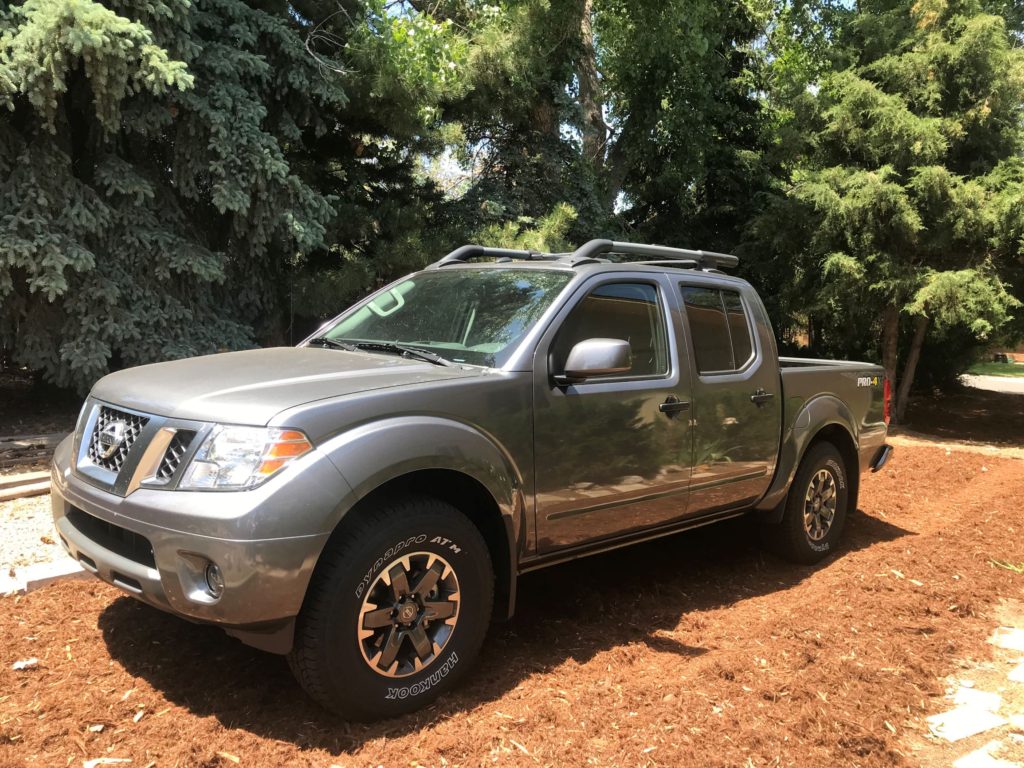
Same old truck (still a model year away from redesign) until the hood is lifted.
My gosh, Nissan has pulled a fast one, moving ahead the production of powertrain for the new-look 2021 Frontier pickup and slipping it into the long-in-the-tooth 2020 version.
And, oh, my, what a difference, as the standard 4cylinder and the optional 4.0 V-6 have been replaced with a 310-horsepower, 3.8-liter V-6 engine and the old 5-speed automatic transmission has given way to a smooth, quick-shifting 9-speed automatic.
Among new standard features are push-button start, leather shift knob, manual-tilt steering, power door locks and power windows.
The new direct-injection V-6 delivers 281 lb.-ft. of torque and provides quick response with the shift-on-the-fly four-wheel-drive system.
The old-style 2020 Frontier with the new power will go on sale in July.
Why would Nissan go to the trouble of installing the new engine and transmission in the old body for such a short time before the redesigned 2021 arrives? To sell a few more of the old truck; to act as a teaser for the performance capabilities of the new one; to use it as a test before its major run in ‘21?
I’ll admit it was a pleasure to drive the ’20 Frontier, particularly the 9-speed tranny and its oft, quick shifts. The new engine/transmission combination boosted fuel mileage by a couple miles per gallon; my drives averaged 21.5 miles per gallon.
Brought to me was the Frontier Pro-4X Crew Cab pickup, the highest trim level offered. It included 16-inch offroad design machine-finish alloy wheels and Hankook all-terrains, rear differential locker, Bilstein offroad high-pressure shocks, skid plates for oil pan, fuel tank and transfer case; satin chrome ring accent around white-face meter gauges and a Pro-4X tailgate badge. The move into 4WD and 4Lo is with an electronic switch on the dash.
Cheaper trim levels for the Frontier are S and SV models. Those and the Pro-4X are available in the King Cab and the Crew Cab four-door.
Tow capacity with the new powertrain is 6,700 pounds, with payload of 1,400 pounds in the cargo bed. Ground clearance with the Pro-4X is 10.1 inches.
The performance improvements will help the Nissan midsize pickup as it competes with an outstanding group of competitors – the Ford Ranger, Toyota Tacoma, Jeep Gladiator, GMC Canyon, Chevy Colorado and Honda Ridgeline.
The Nissan Frontier is built in Canton, Miss.; the new 3.8 engine is assembled at the Nissan Tennessee engine facility, which also produces the Endurance V-8 for the full-size Titan pickup.
The first Frontier I drove was way back in October 2000; “It’s my all-time favorite product from Nissan,” I said at that time. But this is 2020; other than a slight facelift in 2010, the truck is basically unchanged for 15 years.
